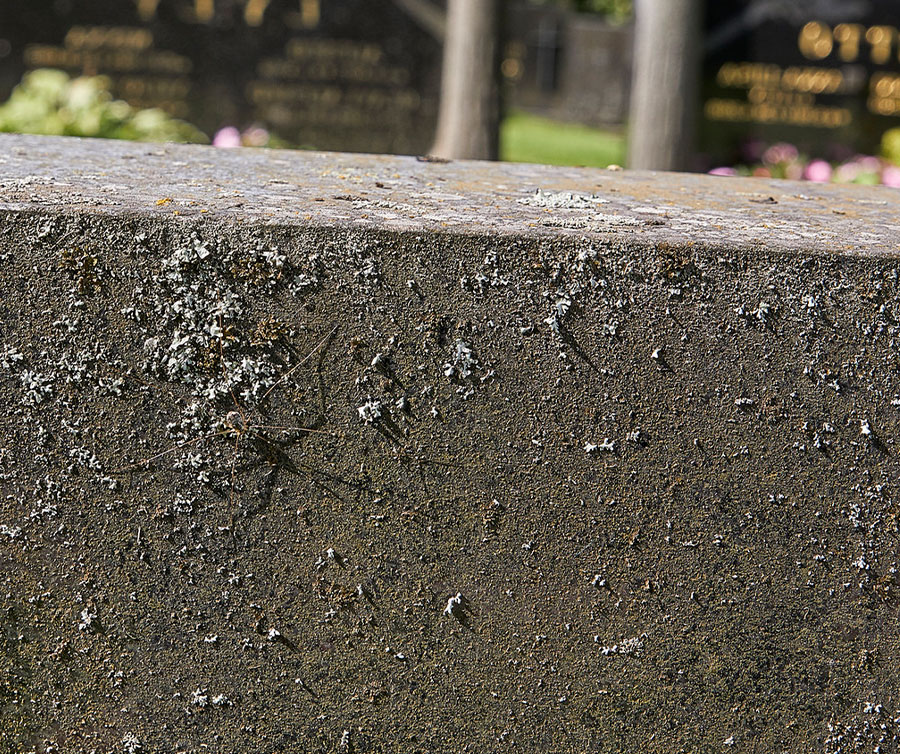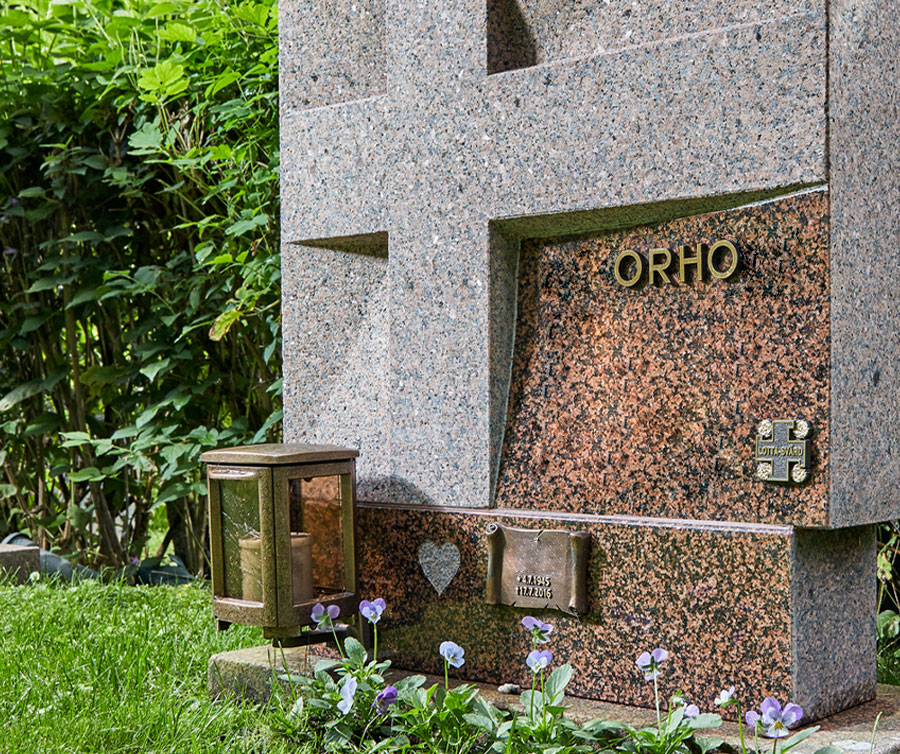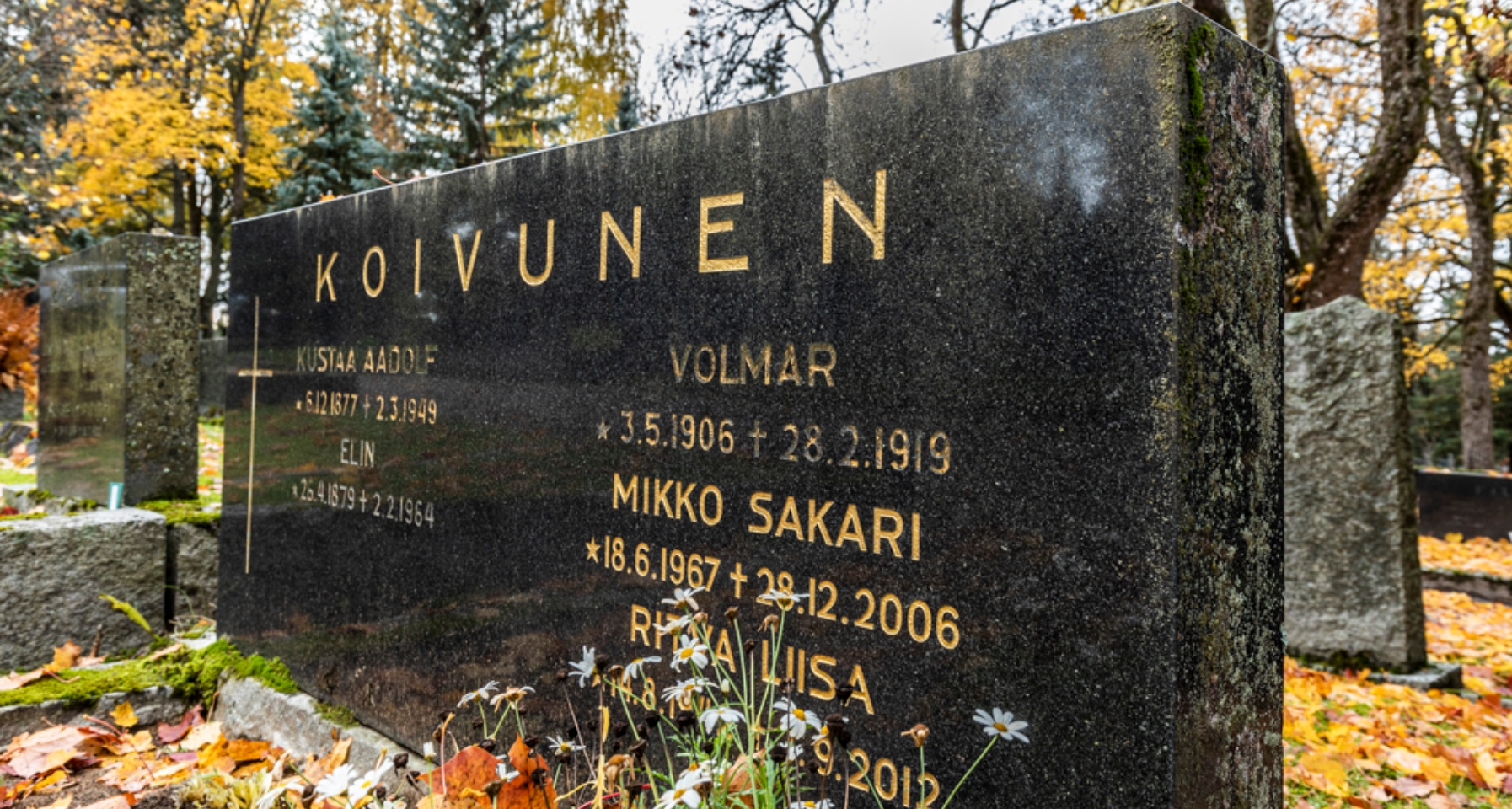
Freezing and anti-slip
Snow and ice are removed by mechanical or chemical methods: shovelling, scraping, brushing, spinning or using melting chemicals. Careless ploughing with heavy equipment may damage the surface of the paving. Slipperiness is counteracted by sanding where necessary. In spring, once the snow and ice have melted, the sand is swept away and collected. Salt can also be used on natural stone surfaces to prevent slipperiness.
Cleaning the pavement
With regard to the stain, it is worth considering whether it is a patina caused by time or real dirt. Before you start cleaning, determine the level of cleaning you want to achieve. In order to achieve the best results and to find the right methods for the job, it is a good idea to determine the origin of the dirt. The main principle of cleaning is to avoid methods that mechanically or chemically alter the surface of the paving. Cleaning methods should be tested on a small area first to avoid surprises and damage. Areas cleaned with strong substances will appear as patches on the surrounding surface. A similar phenomenon can be observed if old paving is repaired with new products. Over time, the colour differences in the paving will even out.
The paving is kept clean of debris by rinsing with water, brushing or blowing. More stubborn dirt can be removed with water and a brush or a pressure washer. Avoid spraying water directly into the joints of the paving to avoid washing away the grout. Sand should always be added if necessary. Dirt and rust stains can be removed from the surface of granite stones and slabs by brushing with a stainless steel brush. For stones with a burnt surface, the surface can be cleaned by re-firing. Hot water and, with discretion, a pressure washer can be used to remove chewing gum. There are special cleaning methods for demanding applications. It is advisable to have these areas cleaned by specialists.
Stains, such as oil and grease stains, do not damage the paving, but the damage is aesthetic. It is a good idea to remove stains freshly so that dirt does not have time to adhere to the porous surface. Oil and grease are absorbed into paper, sawdust or other absorbent materials. Finally, the paving is washed with hot water using a brush or pressure washer. The washing can be intensified with a dishwashing detergent. After the detergent treatment, the paving should be rinsed thoroughly. Sometimes oil stains can only be removed by replacing the oily stones with new ones.
Contact us for stone protection, we will be happy to help!


Removal of weeds and moss
Mechanical weeding is used to remove weeds from the paving. Another option is to burn the weeds with a LPG burner. However, burning may alter the surface of the rock. The most effective way to remove weeds is to use pesticides, which can also prevent weed growth. Before using a product, make sure that it is suitable for use on paving. When using pesticides, always follow the instructions for use provided by the product manufacturer. Moss is removed from the paving by mechanical means. A stainless steel brush can be used to remove moss from blocky or cross-hatched surfaces.
Protection of natural stones with chemicals
The management of natural stones can be made easier with modern protection products. Products are available for vertical and horizontal surfaces. For floors in particular, the use of normal floor waxes is not recommended due to their slippery surface and aesthetic disadvantages. Protection products and services can be obtained from.




